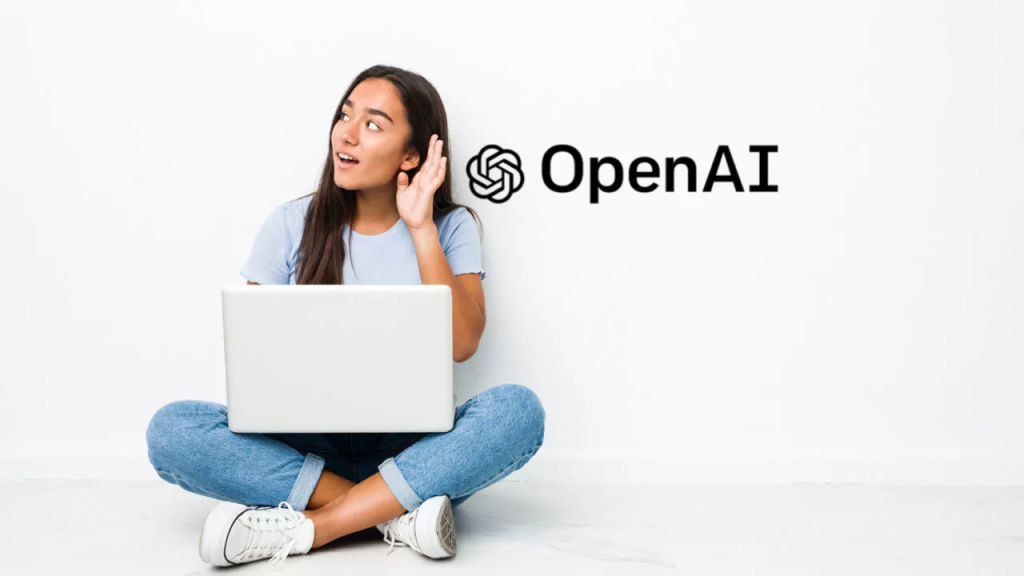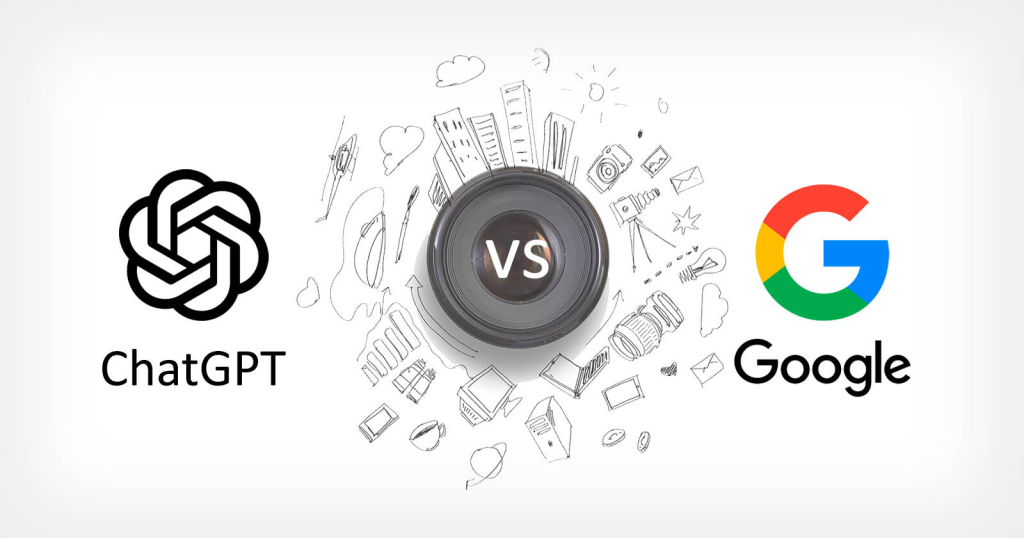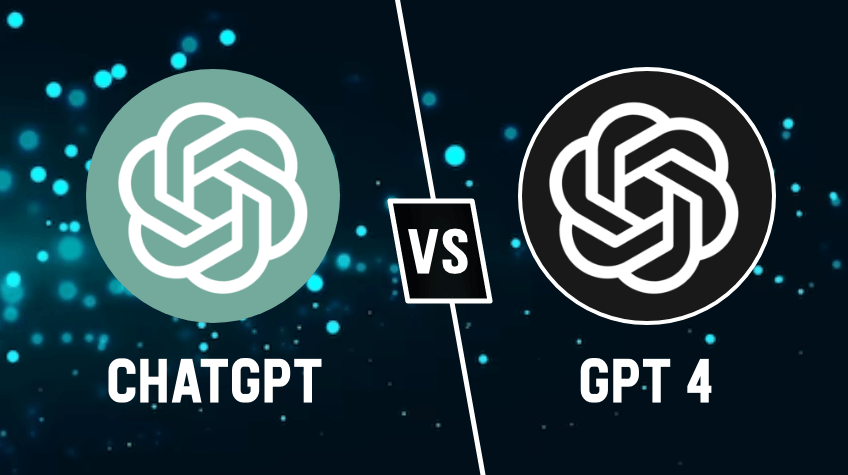In the evolving landscape of artificial intelligence, ChatGPT has emerged as a powerful tool for generating human-like responses, assisting with coding, and much more. This article aims to answer some of the most frequently asked questions about ChatGPT, its capabilities, and its applications.

What is ChatGPT and How Does it Work?
ChatGPT, developed by OpenAI, is an advanced language model that uses deep learning to generate human-like text based on the input it receives. “GPT” stands for Generative Pre-trained Transformer, a type of model that has been pre-trained on vast amounts of text data and can generate coherent, contextually relevant responses. This model operates by predicting the next word in a sequence, allowing it to craft responses that are natural and informative.
ChatGPT works through a process called “fine-tuning,” where it is trained on a broad dataset, then refined with more specific data to improve its accuracy and relevance. The training involves feeding the model diverse internet text, but not specific personal data unless explicitly provided during a session. It uses patterns and structures in the data to understand and generate text, making it capable of answering questions, creating content, and even engaging in conversation .
How to Use ChatGPT for Free
Using ChatGPT for free is simple and accessible. Here are the steps to get started:
- Visit the OpenAI Website: Go to the official OpenAI website and navigate to the ChatGPT section.
- Sign Up or Log In: Create an account or log in if you already have one. OpenAI often provides free access tiers or trial periods for new users.
- Access the ChatGPT Interface: Once logged in, you can use the web-based interface to interact with ChatGPT. There might be limits on usage for free accounts, so be sure to check the terms.
- Use Through Partner Platforms: ChatGPT is integrated into various platforms and apps. For instance, some chat apps, educational tools, and customer service systems use ChatGPT technology, allowing free usage through their interfaces .
ChatGPT vs. Google: Which is Better?
When comparing ChatGPT and Google, it’s important to understand that they serve different primary functions. Google is a search engine designed to index and retrieve web pages relevant to user queries, providing links to the information. ChatGPT, on the other hand, generates text-based responses in a conversational manner, based on the data it has been trained on.

Advantages of ChatGPT:
Conversational AI: ChatGPT excels in maintaining context and engaging in dialogue, making it ideal for customer support, tutoring, and interactive applications.
- Content Creation: It can generate articles, essays, and creative content based on prompts.
- Personalization: ChatGPT can tailor its responses based on the interaction, providing a more personalized experience .
Advantages of Google:
- Comprehensive Information Retrieval: Google indexes a vast amount of web pages, making it excellent for finding specific information, academic research, and news.
- Real-time Updates: Google provides the latest information and updates on current events, trends, and data.
- Structured Data: Google can display structured data like maps, business listings, and answer boxes, which are useful for quick facts and direct answers .
How Does ChatGPT Generate Responses?

ChatGPT, or Chat Generative Pre-trained Transformer, generates responses by utilizing a large-scale language model developed by OpenAI. It employs a technique called “transformer architecture,” which processes input text and generates output by predicting the next word in a sequence. This model uses a vast amount of data to understand context, allowing it to generate coherent and contextually relevant responses.
Key Points:
- Self-Attention Mechanism: This mechanism helps the model weigh different parts of the input text based on their relevance to the predicted word.
- Training Data: ChatGPT is trained on diverse datasets, including books, articles, and websites, to enhance its language understanding and response generation capabilities.

What is the Difference Between
ChatGPT-3 and ChatGPT-4?
ChatGPT-3 and ChatGPT-4 are iterations of OpenAI’s language models, with ChatGPT-4 being the more advanced version. Here are some key differences:
Improvements in ChatGPT-4:
- Enhanced Understanding: ChatGPT-4 offers a deeper understanding of context and nuances, making it more effective in generating accurate responses.
- Multimodal Capabilities: Unlike GPT-3, which handles only text, GPT-4 supports multiple modalities, including image and text inputs.
- Memory: GPT-4 has improved memory, allowing it to remember more context from previous interactions, making it more suitable for extended conversations.
How to Integrate ChatGPT with Other Applications?
Integrating ChatGPT with applications can enhance user experience by providing interactive and intelligent conversational capabilities. Here’s a step-by-step guide:
Steps for Integration:
- Obtain API Access: Register on the OpenAI platform to get API access.
- Define Use Cases: Identify the specific use cases and goals for integrating ChatGPT.
- Design Conversation Flow: Plan the interaction flow to ensure a smooth user experience.
- Implement API: Use the OpenAI API to integrate ChatGPT into your application.
- Testing: Thoroughly test the integration to ensure it meets your requirements.
For detailed guidance, you can refer to resources such as Medium and BuzzyBrain.
How to Use ChatGPT for Writing Essays?
ChatGPT can be a valuable tool for writing essays by providing ideas, outlines, and even drafting sections of text. Here’s how you can use it effectively:
Steps:
- Idea Generation: Use ChatGPT to brainstorm topics and generate ideas.
- Outlining: Ask ChatGPT to create an outline based on the chosen topic.
- Drafting: Utilize ChatGPT to draft sections or paragraphs, ensuring you refine and personalize the content.
- Editing: Review and edit the generated text to ensure accuracy and coherence.
Can ChatGPT Help with Coding?
Yes, ChatGPT can assist with coding by providing code snippets, debugging advice, and explanations of programming concepts. It supports various programming languages and can help with tasks such as:
Coding Assistance:
- Generating Code: Ask ChatGPT to write code snippets for specific tasks.
- Debugging: Provide error messages and context for debugging advice.
- Learning: Use ChatGPT to explain programming concepts and algorithms.
Using ChatGPT for Customer Service
ChatGPT can enhance customer service by providing instant, accurate responses to customer queries. It can handle a wide range of tasks, from answering frequently asked questions to providing detailed product information.
Benefits:
- 24/7 Availability: ChatGPT can operate around the clock, offering continuous support.
- Consistency: It provides consistent and accurate responses.
- Scalability: It can handle multiple queries simultaneously, making it suitable for businesses of all sizes.
What are the Latest Updates in ChatGPT?
ChatGPT continues to evolve with new features and improvements. Some of the latest updates include:
Recent Enhancements:
- Expanded Language Support: Increased support for multiple languages.
- Improved Context Handling: Better memory and context retention for extended interactions.
- New Modalities: Support for both text and image inputs in the latest versions.
How to Use ChatGPT for Keyword Research?
ChatGPT can aid in keyword research by generating relevant keywords and phrases based on specific topics. Here’s how to leverage it for SEO:
Steps:
- Topic Input: Provide ChatGPT with the main topic or focus area.
- Keyword Generation: Ask ChatGPT to generate a list of related keywords and phrases.
- Analysis: Use SEO tools to analyze the suggested keywords for search volume and competition.
Is ChatGPT Effective for SEO?
ChatGPT can be highly effective for SEO by assisting with content creation, keyword research, and generating meta descriptions. It helps streamline the process of optimizing content for search engines.
SEO Benefits:
- Content Creation: Generate high-quality, relevant content.
- Keyword Optimization: Identify and incorporate relevant keywords.
- Meta Descriptions: Create compelling meta descriptions that improve click-through rates.
Is ChatGPT Safe to Use?
ChatGPT is generally safe to use, but it’s important to be aware of potential risks such as data privacy and misinformation. OpenAI implements safety measures, but users should also exercise caution and verify information.
Safety Tips:
- Privacy: Avoid sharing sensitive personal information.
- Verification: Cross-check information provided by ChatGPT.
- Updates: Stay informed about updates and improvements in ChatGPT’s safety features.
What are the Ethical Concerns Surrounding ChatGPT?
The use of AI like ChatGPT raises several ethical concerns, including bias, misinformation, and job displacement. Addressing these concerns involves:
Ethical Considerations:
- Bias: Ensuring the AI model is trained on diverse datasets to minimize bias.
- Misinformation: Implementing measures to reduce the spread of false information.
- Transparency: Being transparent about AI capabilities and limitations.
ChatGPT vs Other AI Chatbots
Comparing ChatGPT to other AI chatbots, such as Google Bard and Bing AI, reveals differences in capabilities and performance.
Key Comparisons:
- Conversational Learning: ChatGPT excels in learning from interactions and maintaining context.
- Multimodal Input: ChatGPT-4 supports text and image inputs, providing more versatile responses.
Best Alternatives to ChatGPT
There are several alternatives to ChatGPT, each with unique features and strengths. Some popular alternatives include:
Notable Alternatives:
- Google Bard: Known for its comprehensive knowledge base and free access.
- Microsoft’s Bing AI: Utilizes the same underlying technology as ChatGPT but offers different integrations and features.
Conclusion
ChatGPT is a versatile tool with numerous applications, from generating content and coding assistance to enhancing customer service and performing keyword research. By understanding its functionalities, differences with previous versions, and integration methods, users can leverage ChatGPT to its full potential while being mindful of ethical considerations and safety.
Keywords:
ChatGPT, Generative Pre-trained Transformer, OpenAI, transformer architecture, machine learning model, human-like text generation, pre-training, diverse dataset, books, articles, web pages, grammar, facts, reasoning abilities, fine-tuning, human reviewers, accurate responses, contextually relevant responses, self-attention mechanism, sentence importance, context understanding, coherence, prompt input, learned knowledge base, GPT-3 vs GPT-4, model size, model capacity, multimodal capabilities, image processing, text processing, versatility, contextual understanding, memory, conversation coherence, safety protocols, harmful content reduction, biased content reduction, ChatGPT integration, application integration, user interactions, conversational AI, API access, OpenAI platform, API key, conversation flow, AI responses, API calls, application coding, user feedback, performance metrics, ChatGPT for essays, brainstorming ideas, essay topics, draft generation, grammar improvement, coherence improvement, style improvement, citations, research, ChatGPT for coding, code generation, programming languages, debugging, code errors, learning coding concepts, tutorials, ChatGPT for customer service, FAQs, automated responses, customer service agents, suggested responses, 24/7 support, customer satisfaction, wait time reduction, ChatGPT updates, enhanced memory, multimodal input, safety improvements, new ChatGPT features, image interpretation, long conversation handling, API enhancements, keyword research, keyword ideas, trend analysis, high-performing keywords, content optimization, SEO effectiveness, high-quality content, keyword-rich content, meta descriptions, content readability, keyword density, ChatGPT safety, data privacy, sensitive data, bias awareness, misinformation verification, ethical concerns, biased content, offensive content, AI dependency, ChatGPT vs other AI chatbots, Google Bard, Microsoft AI, AI chatbot capabilities, human-like text, complex queries, multiple modalities, continuous updates, ChatGPT alternatives, IBM Watson.